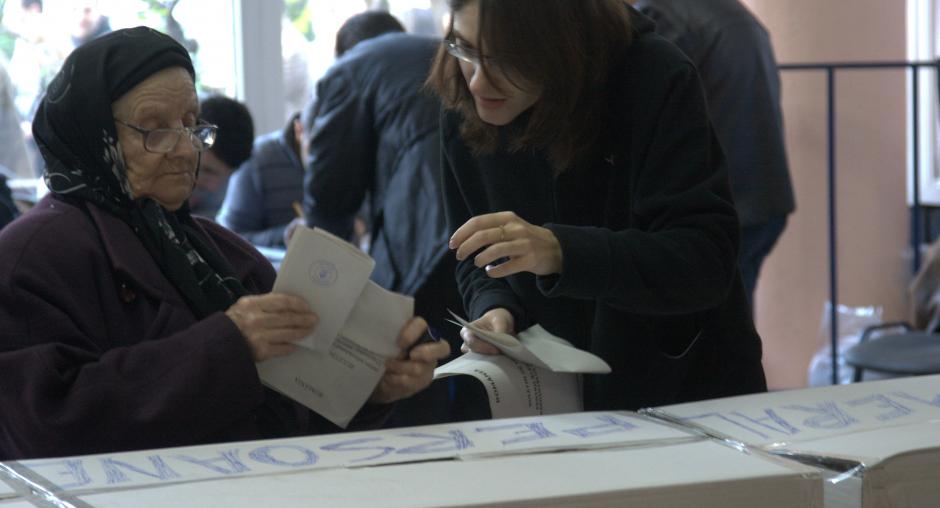Romania's run-off election confirmed overall positive assessment and need to address remaining shortcomings, OSCE observers say

BUCHAREST, 7 December 2009 - The second round of Romania's presidential election confirmed the overall positive assessment made following the first round, but remaining shortcomings and renewed allegations of irregularities need to be addressed, the limited election observation mission deployed by the OSCE Office for Democratic Institutions and Human Rights (ODIHR) concluded in a statement issued today.
The mission noted that the second round of the election reaffirmed the positive aspects that characterized the first round, including the overall compliance with OSCE commitments and other international standards, respect for fundamental political freedoms, the competitive campaign environment and the efficient work of the election administration.
The authorities took steps to remedy some of the shortcomings noted during the first round and investigated allegations of irregularities. But the mission stressed that further efforts are required to address remaining weaknesses to improve the election process and strengthen public confidence. This includes the investigation of reports of fraud received by the authorities during the second round.
"The conduct of the second round confirms our initial assessment that this election was held generally in line with OSCE commitments. But reports of irregularities should be investigated without delay, and in order to increase transparency and confidence in the integrity of the process, the authorities should publish results by polling station as a matter or urgency," said Vadim Zhdanovich, the head of the mission.
He stressed that it is now the responsibility of the authorities and the political parties in parliament to address the existing deficiencies ahead of the next elections.
The mission said voting in the large majority of polling stations visited took place in an overall calm and orderly manner. Voting in special polling stations appeared to be less problematic than during the first round. As during the first round, results protocols were frequently not posted at the polling stations.
The campaign took place in a pluralistic and calm environment. It was less intense than during the first round, but negative campaigning increased.
The election administration continued to work in an overall professional manner, and the media, as a whole, provided varied and ample coverage of the campaign, allowing voters to make an informed choice. The coverage of public television was generally balanced, neutral and fair.
The limited election observation mission monitored the entire election process, but did not carry out a systematic or comprehensive observation of election-day procedures.
